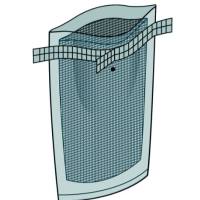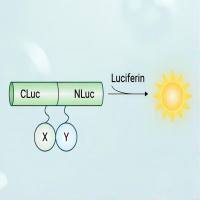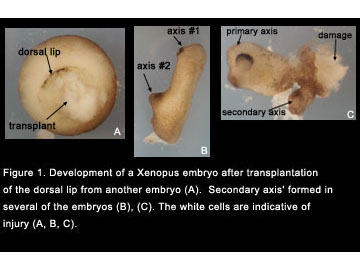Imaging Cell Movement During Dorsal Closure in Drosophila Embryos
互联网
391
During Drosophila embryogenesis, many cells and tissues undergo complex morphogenetic movements, such as ventral furrow formation, germ band extension and retraction, and dorsal closure. The best way to study and understand the cell behaviors during such tissue movements is to image them live using time course analysis. The Drosophila embryo lends itself perfectly to live imaging for several reasons: powerful genetics allow transgenic embryos expressing green fluorescent protein-fusion proteins to be quickly and easily generated and the expression domains of these reporters can be efficiently controlled using the GAL4-upstream activator sequence system. Embryos will survive for several hours mounted on a slide in a gas-permeable oil, such as Voltalef or Halocarbon, during which time they will undergo normal development and can be easily imaged using a confocal laser scanning microscope. Here, we describe in detail a protocol for live imaging of Drosophila embryos which, in our hands, is routinely used to study dorsal closure but is suitable for the live study of any process involving cell motility, be it a coordinated tissue movement such as dorsal closure or the movement of individual cells such as hemocytes within the embryo.










